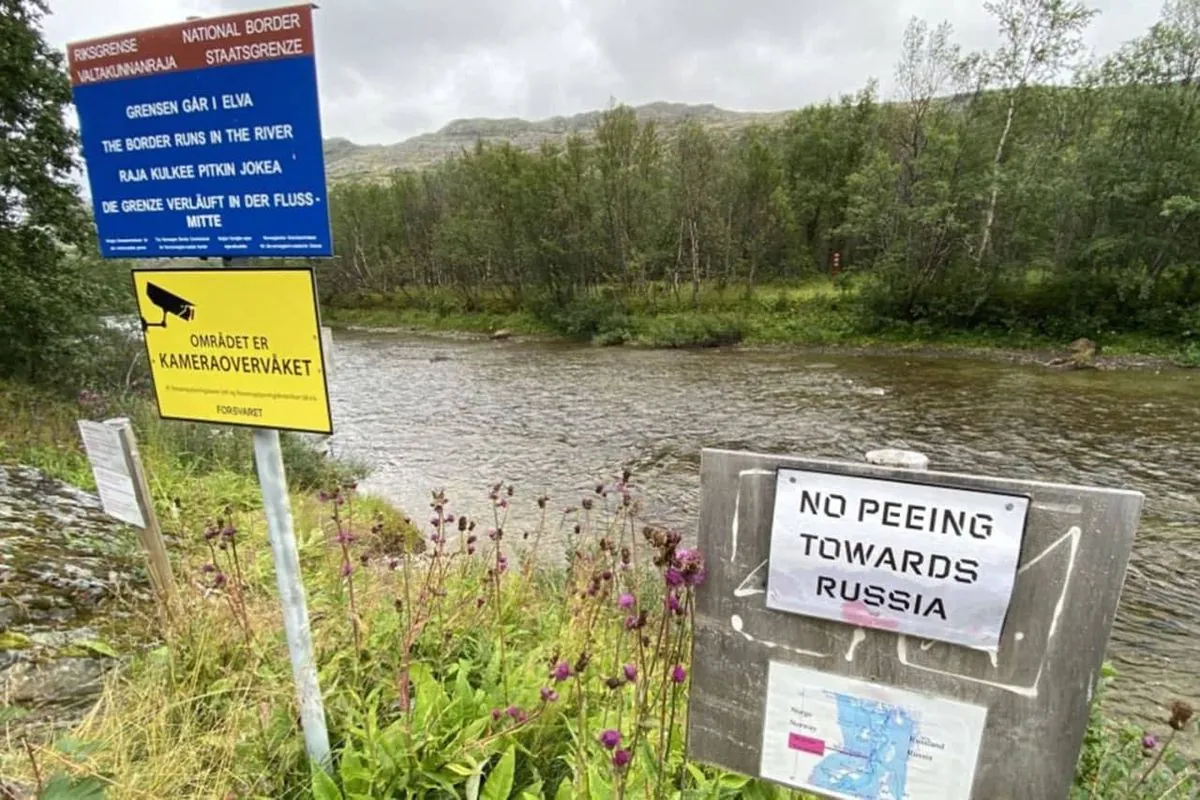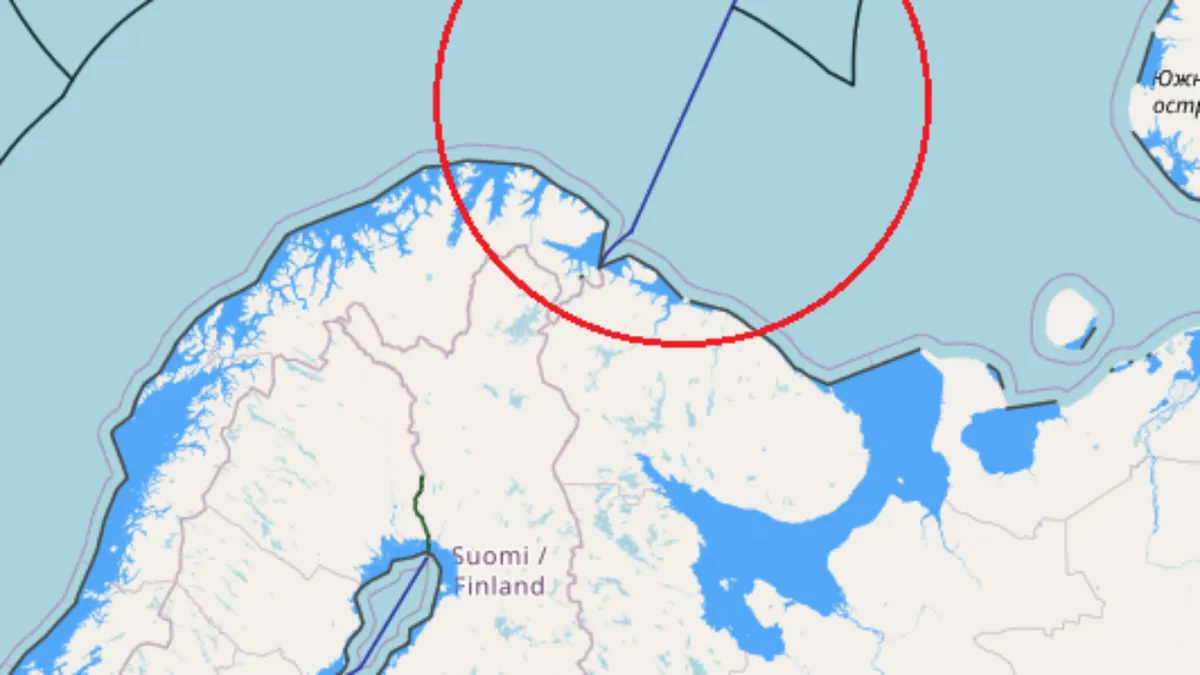Norway Mulls Border Fence with Russia, Inspired by Finnish Project
Norway considers erecting a fence along its Russian border, following Finland's example. The move aims to enhance security and control migration, reflecting growing concerns in the Arctic region.

Norway is contemplating the construction of a fence along its 195.7 km (121.6 mi) border with Russia, a move inspired by a similar initiative in Finland. This consideration comes as part of a broader strategy to enhance security measures in the Arctic region, which is gaining strategic importance due to climate change making it more accessible.
Emilie Enger Mehl, Norway's Justice Minister, expressed interest in the fence project, stating:
"A border fence is very interesting, not only because it can act as a deterrent but also because it contains sensors and technology that allow you to detect if people are moving close to the border."
The Norwegian government is evaluating various measures to bolster border security, including increased staffing and enhanced monitoring. This decision follows Finland's recent actions to secure its 1,340 km (830 mi) border with Russia.
Finland, which joined NATO on April 4, 2023, closed all crossing points from Russia in late 2023 after an unusual influx of over 1,300 undocumented migrants in three months. The Finnish government viewed this as potential "hybrid warfare" by Moscow.

Norway's border with Russia, stable since 1826, has seen limited illegal crossing attempts in recent years. However, the changing geopolitical landscape and Arctic dynamics have prompted a reassessment of security measures. The Arctic is warming about four times faster than the global average, potentially increasing its strategic and economic significance.
The Storskog border station, Norway's sole official crossing point into Russia, already features a 200-meter long and 3.5-meter high fence erected in 2016. This followed an incident in 2015 when 5,000 migrants and asylum-seekers crossed from Russia into Norway.
Both Norway and Finland are part of the European Economic Area (EEA) and the Schengen Agreement, which allows free movement between member countries. However, their borders with Russia represent the European Union's external frontier and NATO's northern flank.
The Arctic region, containing an estimated 13% of the world's undiscovered oil reserves, has become increasingly important. The Norwegian Border Guard, responsible for guarding the Norway-Russia border, faces new challenges as the region's accessibility increases.
While Norway has traditionally emphasized cooperation with Russia in the Arctic, as evidenced by their joint membership in the Arctic Council established in 1996, recent geopolitical tensions have necessitated a reevaluation of border security strategies.
As Arctic nations navigate these complex issues, the potential border fence project represents a significant shift in Norway's approach to its High North strategy and border management in this critical region.


































